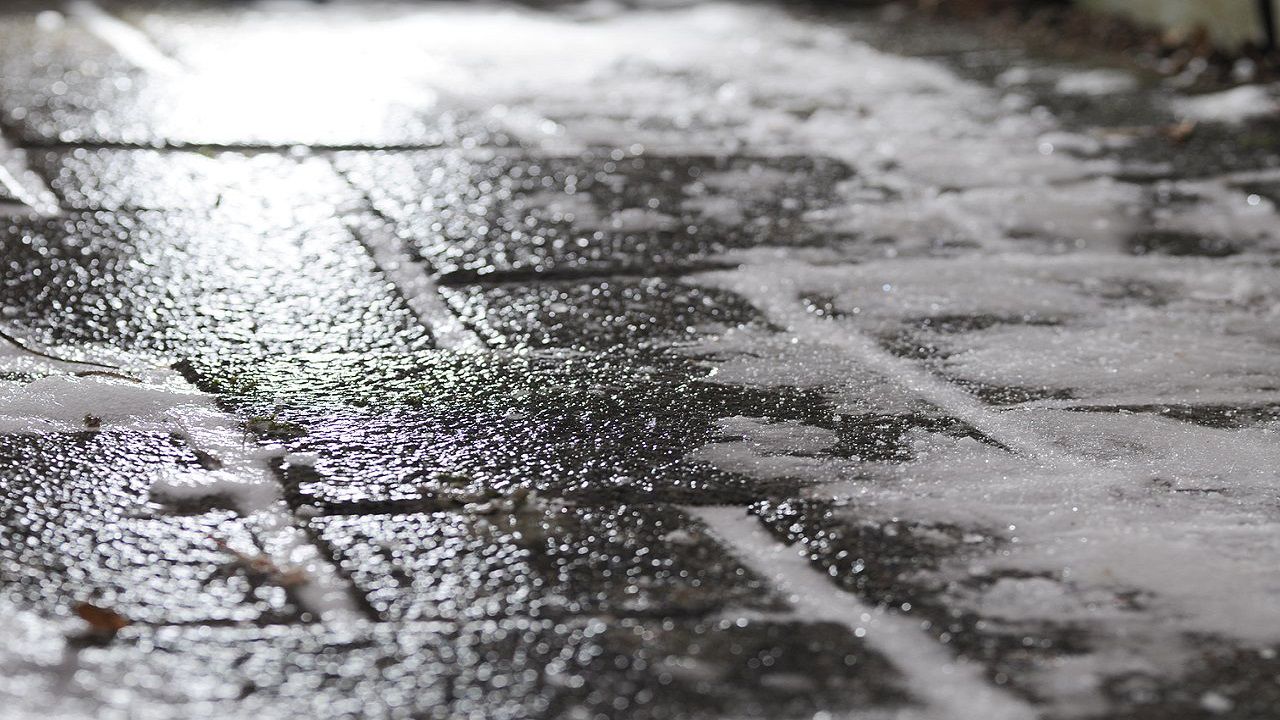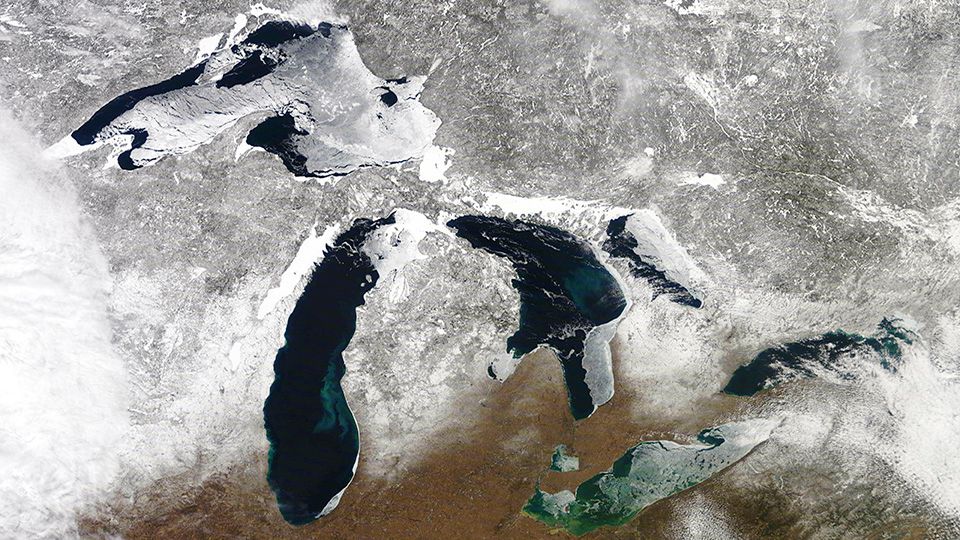Black ice has proven itself over and over again to be treacherous. As if driving in the winter wasn’t hard enough, adding this slippery stuff into the mix can cause a lot of problems.
What is black ice? Essentially it’s a thin layer of ice that forms. The reason it’s referred to as black ice vs. plain old ice is because of how thin it is. Black ice is typically so thin that black top or asphalt can be seen through it. The transparency of the ice is what makes it so difficult to see, especially at night.
Black ice forms when rain or snow falls. Whenever the temperature climbs above freezing, some will melt. When the temperature freezes again, ice will form. Although less common, black ice can form from dew or fog developing and then temperatures falling below freezing.
A few places to be extra careful of this invisible predator are bridges, overpasses, and any spots in the shade. These areas will freeze over before anything else in your proximity!
It’s impossible to fully avoid in the fall, winter, and even spring here in WNY so it is important you know what to do when you come across it. For starters, remember your winter weather driving tips. Slamming on the brakes is a guaranteed recipe for disaster. If you step on the brakes too hard, your vehicle will likely slide on the roadway. Going along with that, reduce your speed whenever temperatures are around freezing ( 32 degrees). This will allow you to have more control over your vehicle.





